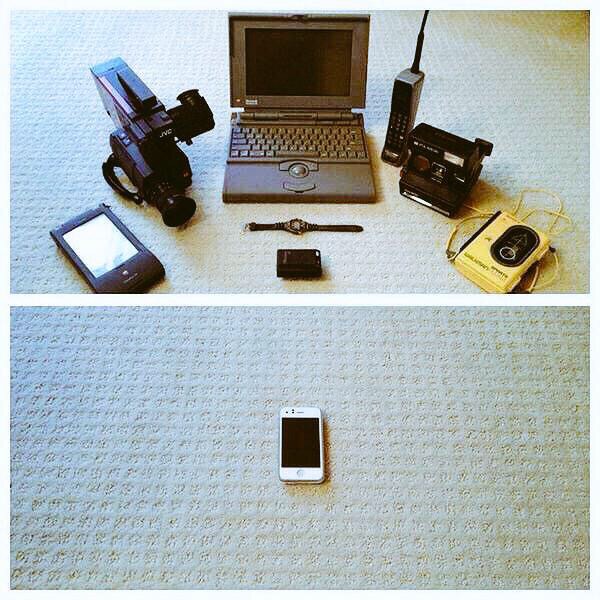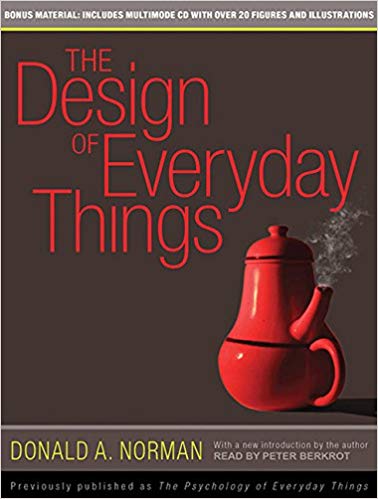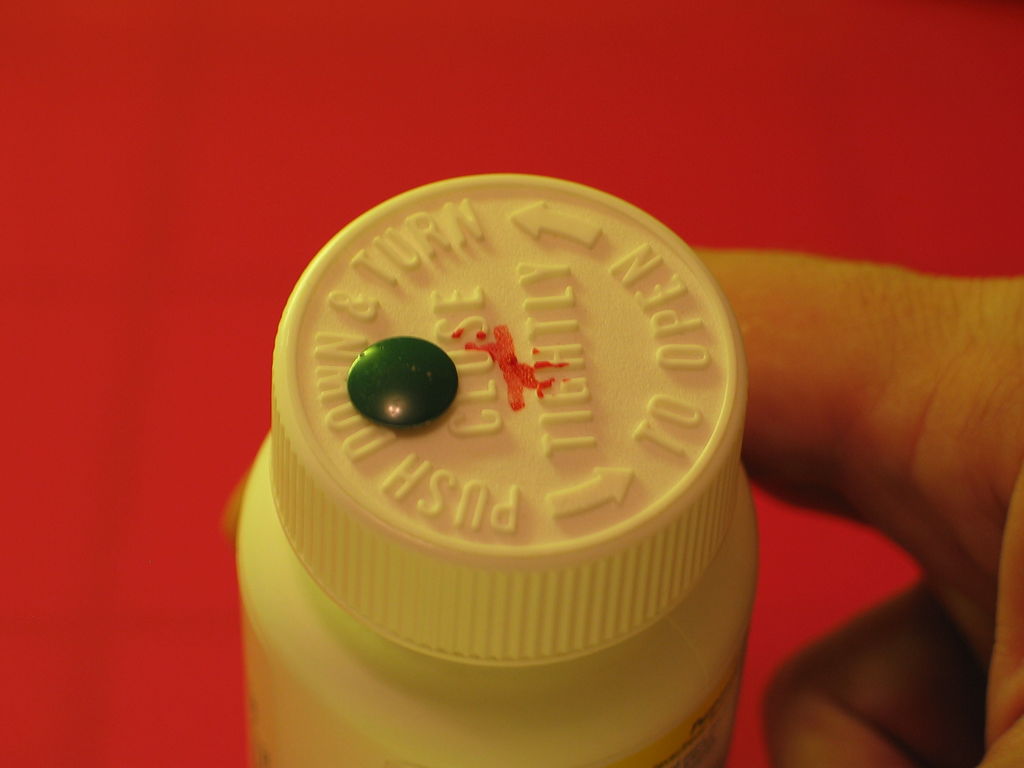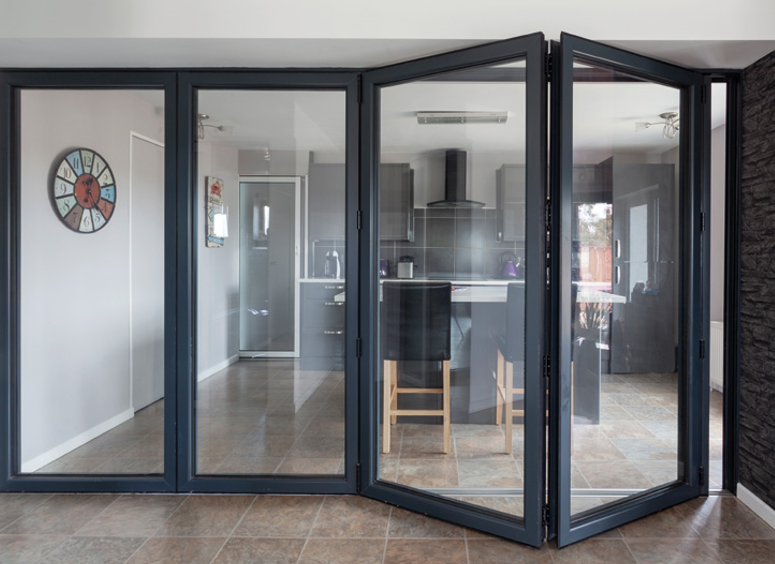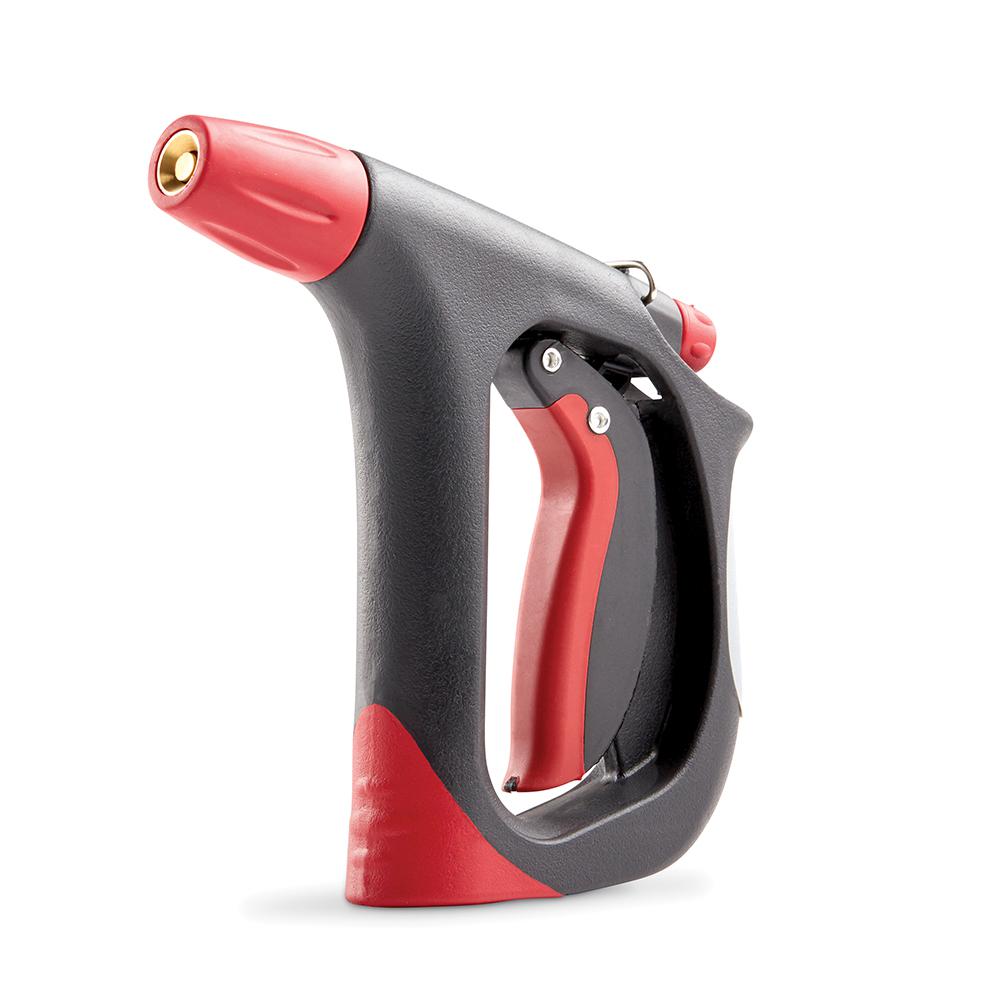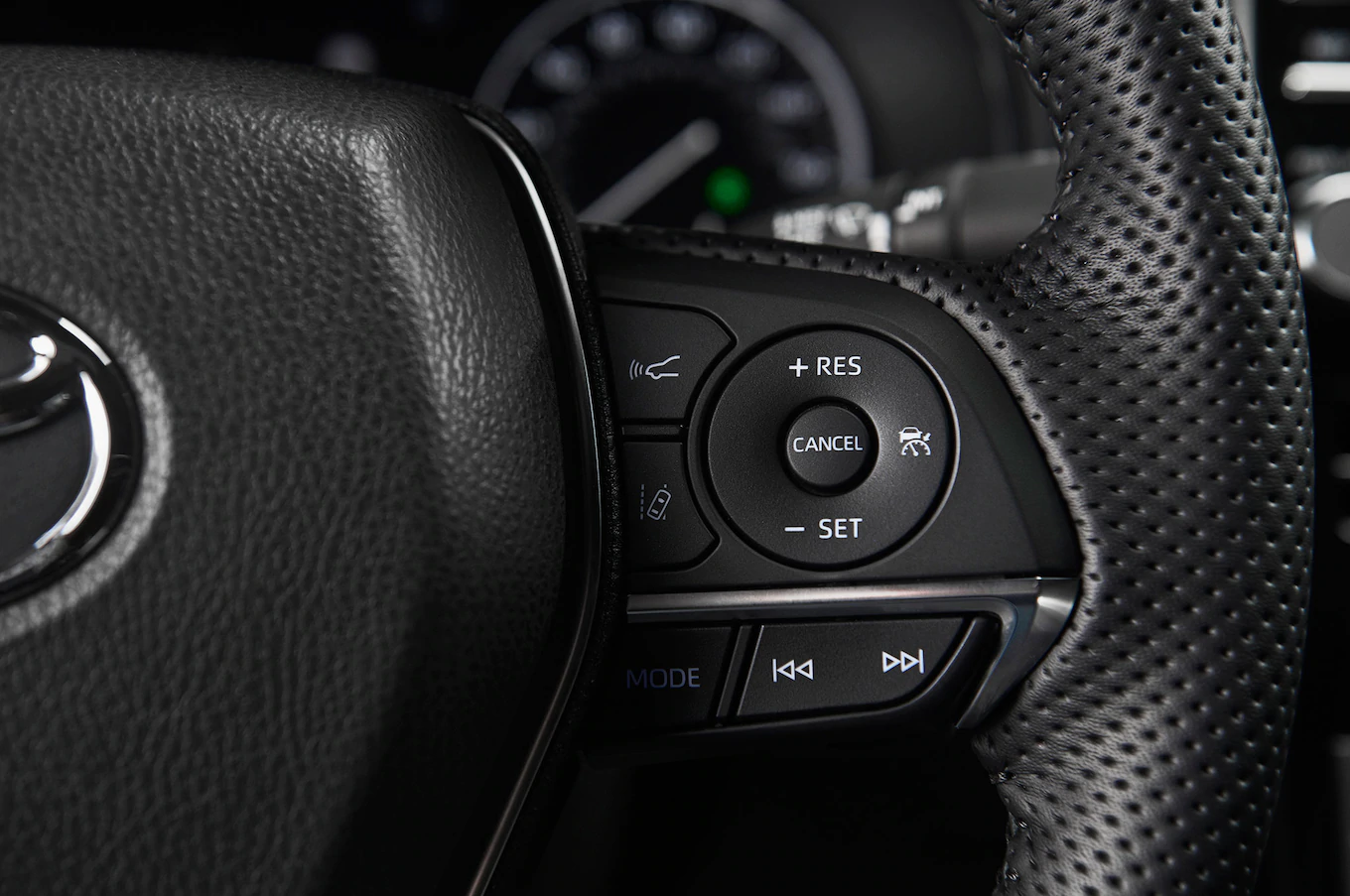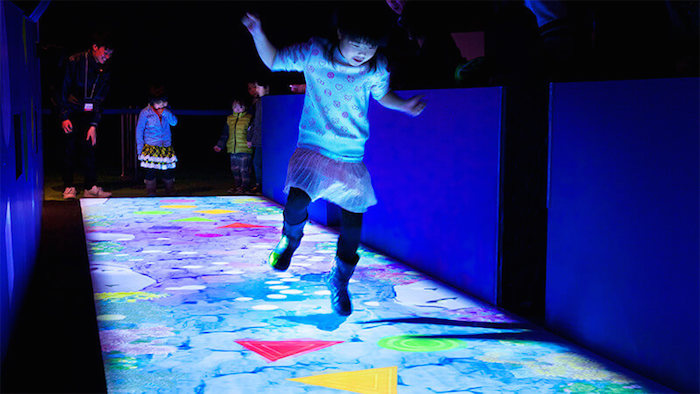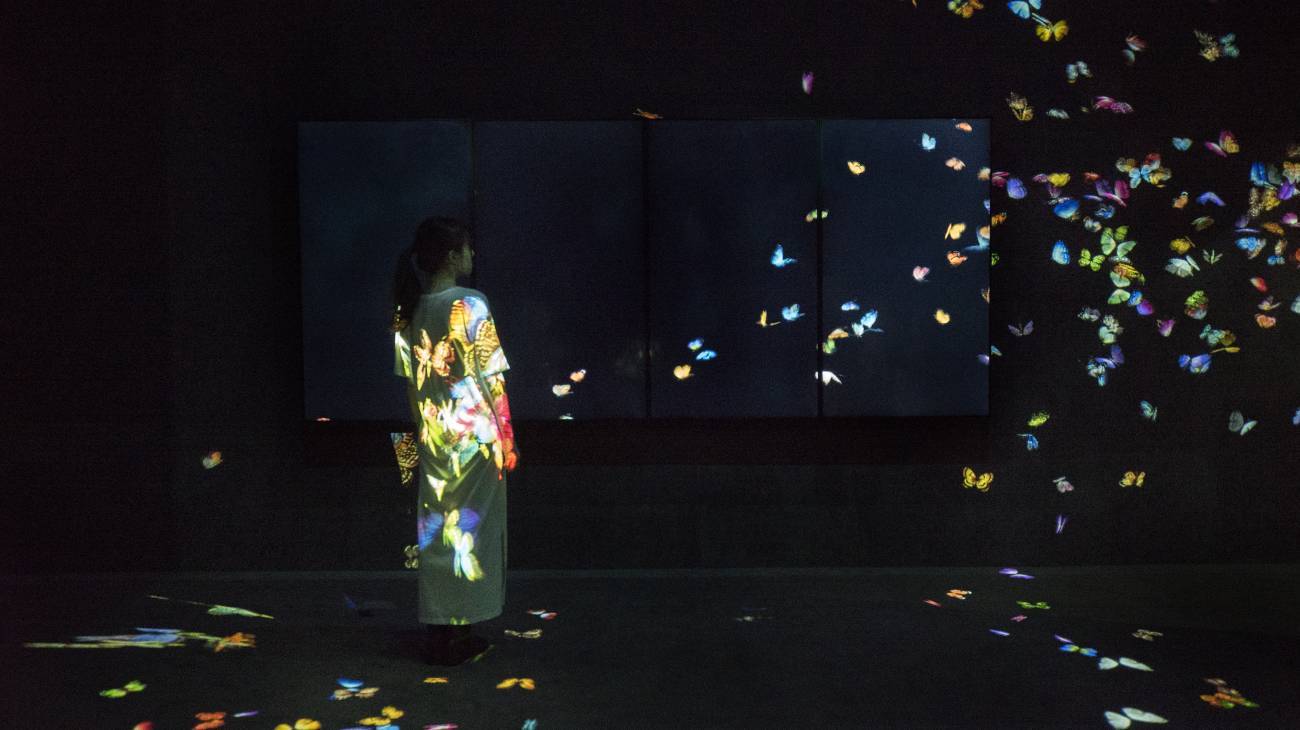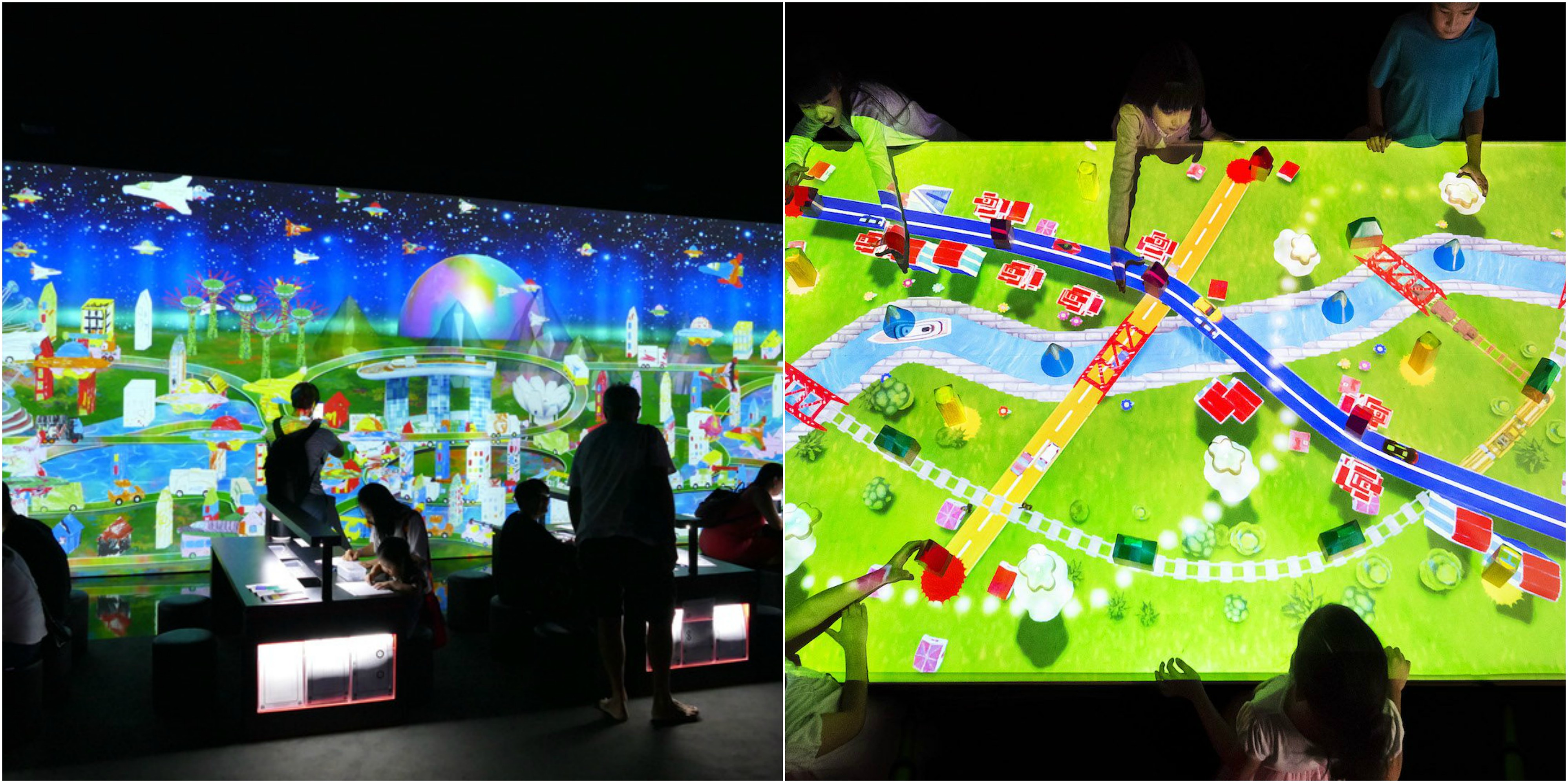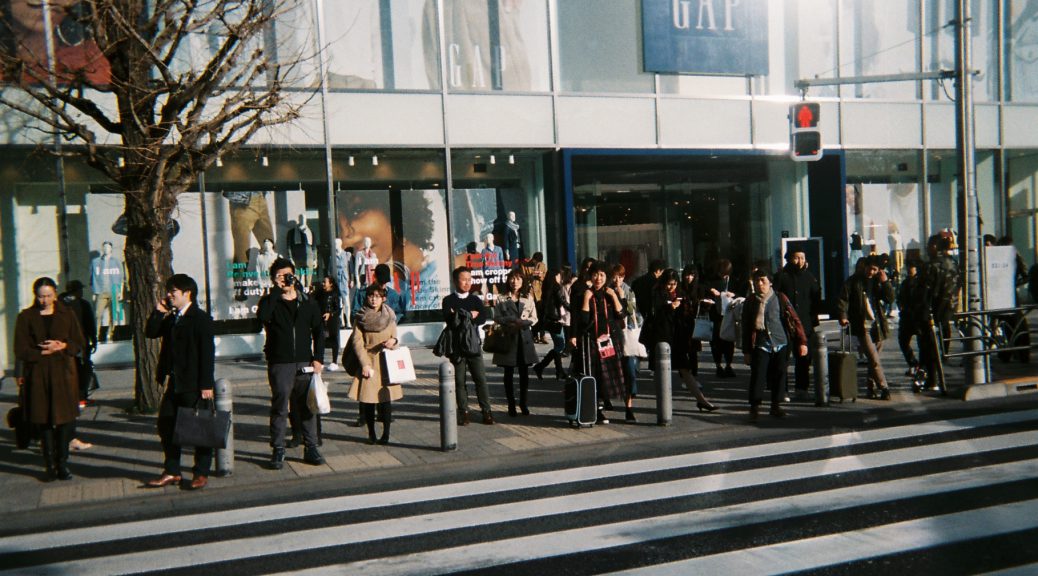Reading
This reading delves into the intricacies which lie when cities plan to redevelop their existing spaces. City planners and government bodies have to carefully evaluate and balance the scale to conduct the redevelopment process. The dilemma comes when they have to choose between heritage and progress. To what extent should they sacrifice each aspect?
In this reading, the author, Annette Miae Kim describes her experience living in Ho Chi Min City and how she and the locals view and interact with sidewalks. As HCMC is a developing country, the traffic infrastructure has not been redesigned to face the influx of vehicles. Street vendors are quintessential in providing the HCMC experience as it is where the spirit of the city lives. People from all walks of life turn to street vendors as the source for their meals and it has been embedded in Vietnamese culture, to the extent where it becomes almost a symbol for Vietnam. Because of this culture, many people depend on sidewalks for their survival, operating their businesses along these streets. As plans and laws roll out in hopes to revamp the streets of HCMC to make way for wider and less congested roads to facilitate smoother traffic, these laws leave the locals who make their living off these streets in disarray as their livelihood is now at stake. Strict laws prevent vendors from operating on busy streets because of spatial concerns and thus, forcing them to leave the trait.
As a result, the essence of Vietnamese culture is slowly disappearing as these vendors are forced to evict from their spaces. Streets are becoming less vibrant and bustling, and locals and tourists alike are greeted with monotonous streets and inaccessible buildings. Locals have adapted to sell their goods through their vehicles, however, this would only benefit a select group of vendors, namely ones selling non-perishable goods.
Reflection
This reading has made me consider the lengths to which our Singapore government has implemented such a strategy. How did we find the balance (if we ever did) and to what extent was it successful? Stories of my parents enjoying food which was along the streets of their old houses, and how locals and store owners would interact with each other to form a personal bond. All these were uniquely Singapore experiences, but how has it changed through the years? For one, the government created a localised venue to house all of the food vendors and owners who were affected by the urbanisation of roads. These localised places are now known as hawker centres and coffee shops. Singapore has not removed all of these places as street vendors still exists at places such as lau pa sat market. I would say that our government managed to strike a good balance in terms of redeveloping our sidewalks as the essence of hawkers can still be felt, while also paving the way for economic development.


